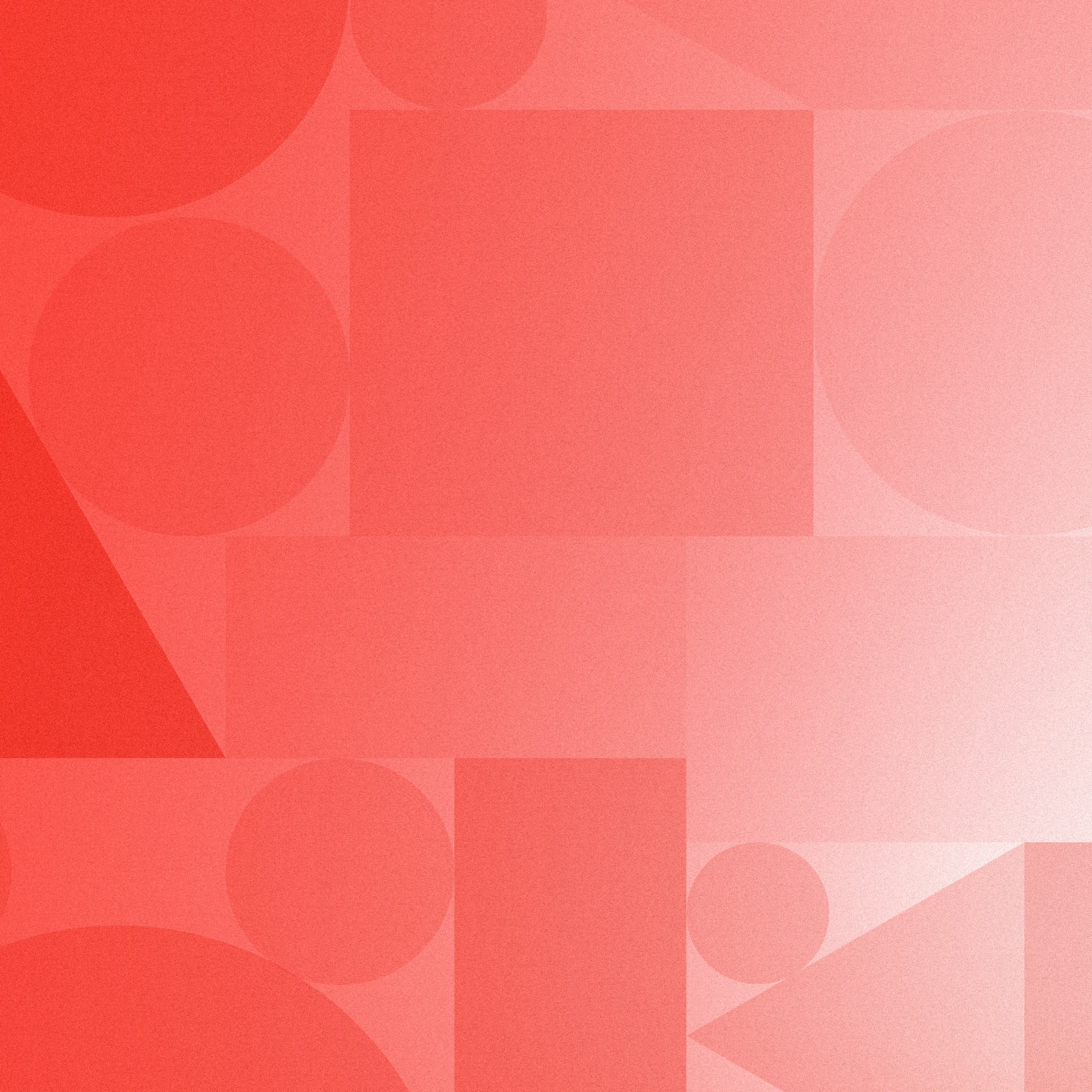
JEMS Architekci
Projects from JEMS Architekci
See all projectsAbout JEMS Architekci
Philosophy
We are a team of architects with a shared approach to complex reality and methods of operating within it. We seek to ensure that our way of understanding that reality, analysing its multilayered aspects, or even awareness of certain constraints, become a source of creative inspiration in a quest for non-schematic paths in the designing process. Artistic credos and manifestos or ready-made social projects have never been our central focus of interest, but they also make up the multifaceted image of the world we have come to live and work in. In this sense, also some typological patterns or even architectural templates are worth interest and confrontation with changing realities. In doing so, however, we want to avoid treating them as a catalogue of off-the-shelf solutions. We are aware of the specificity of the local market and global influences. The growing scale of investment and improving quality of technologies (a considerable percentage of which are imported) have gone ahead of the condition of architecture itself, and they have outdistanced the architectural discourse, both in the public domain and in the professional sphere. Such a discourse, if any at the moment, does not affect practice in our reality. Awareness of problems and acceptance of developmental limitations in countries with a strongly established tradition often become a source of strength and inspiration, while in our country they do not seem to be sufficiently understood, which results in an ideological void. We are doing our best not to fall into it. Operating on the fringe of mainstream European thought and heated debates may become a “vaccine” against theories and templates adopted and copied without reflection. However, we harbour no illusions: such a situation means more pitfalls than benefits.
We are certain that some questions need to be asked, not necessarily with the hope to arrive at definitive answers. To what extent should the architecture created nowadays be based on purely theoretical, intellectual speculations, result from social analysis, diverse scenarios and theories going beyond its traditional framework – function in the hard-to-grasp space of contemporary art? To what extent is it self-evident, referring to the world of its own reality, language, order, structures and typology, and to what extent should it be “culturally unburdened”, drawing its strength from intuitional perception of the world of nature: light, climate, properties and poetics of materials? If our designs show we are not architects who always have an unambiguous answer to those questions, this does not result from acceptance of the postmodernist “anything goes” approach, but from a reserved attitude to the naive modernist belief in the ability to comprehend the full complexity of the world. JEMS’s architecture does not intend to amaze the public with form as an autonomous value nor are we driven by a desire to create new ad hoc social scenarios. In our design work we seek to identify the unique features of the individual subjects undertaken, to define the subject so that it provides inspiration for architectural quest. In a world of imitation, where authenticity of expression is increasingly hard to come by, JEMS is striving to draw both on contemporary reality and on experiences of the past, frequently referring to the aesthetic “zero” option – the world of elementary forms.
Publications
2009
"A10" Nr 25 Platinium Office Building www.a10.eu
'New Forms of Collective Housing in Europe' Birkhauser
2008
"Architektura" 6/2008- Platinium Business Park w Warszawie
"The Phaidon Atlas of 21st Century World Architecture", edition 2008
"Architektura i Biznes" Nr 5/2008- Struktura minerału- budynek biurowy TOPAZ II
2007
"Arquitectura Viva" N. 115, julio-agosto 2007, Caja de sorpresas: sede de Agora en Varsovia, Polonia
2006
„Architektura” nr 5/2006 – Polska, Ikony Architektury”; „De Architect” – 2006.
„Architektura” nr 9/2006 – „Biurowiec Topaz w Warszawie”
„Architektura” nr 4/2006 – „Zespół mieszkaniowy Park Avenue”.
„Architektura” nr 4/2006 – „Zespół mieszkaniowy Park Avenue”.
„Architektura” nr 2/2006 – „Apartamentowiec na Mokotowie”.
„Architektura” nr 2/2006 – Konkurs „Życie w Architekturze”.
"The Phaidon Atlas of 21st Century World Architecture", edition 2008
Awards
2009
2nd Prize
Technological Park
II prize in SARP competition
Ratusz i Muzeum Okręgowe im. Leona Wyczółkowskiego
1st Prize in SARP competition
Hotel 5* Renaissance by Marriott
2nd Prize in competition recommended by SARP
1st prize
BANACHA Housing Complex
Mention in UIA and SARP competition
Muzeum Historii Polski
1st prize
Stadion Miejski w Łodzi
2008
2nd Prize in SARP competition
Rozbudowa Akademii Sztuk Pięknych
1st Prize
The National Sports Center
1st Prize in SARP competition
International Congress Centre
2nd Prize in SARP competition
Seat of the Polish Radio National Symphony Orchestra
2007
1st Prize
CARSERVIS project
2006
2nd Prize in SARP competition
Faculty of Linguistics and Neophilology
3rd Class Award of the Minister of Construction for a building completed in 2006
TOPAZ Office Building
1st Prize
Hoover Square
1st Prize
New Offices in Cracow


